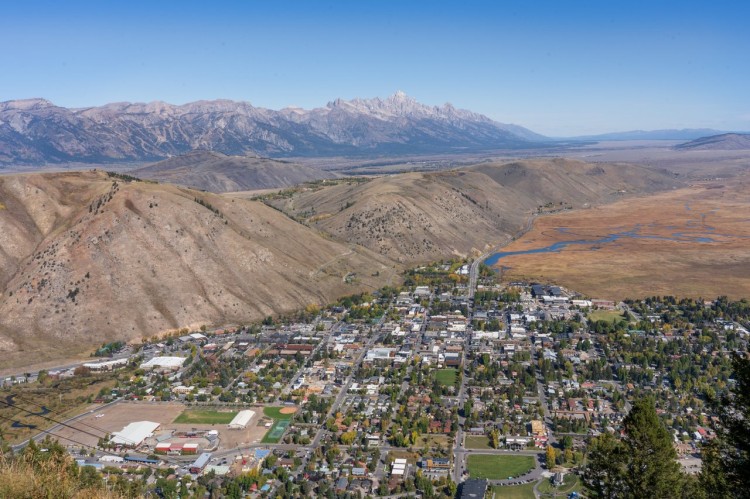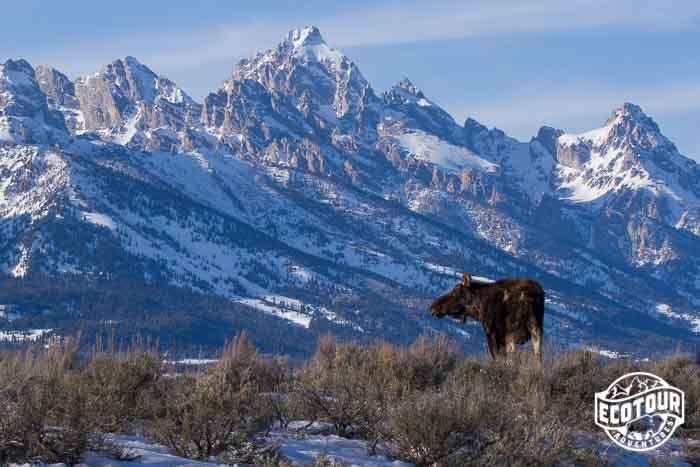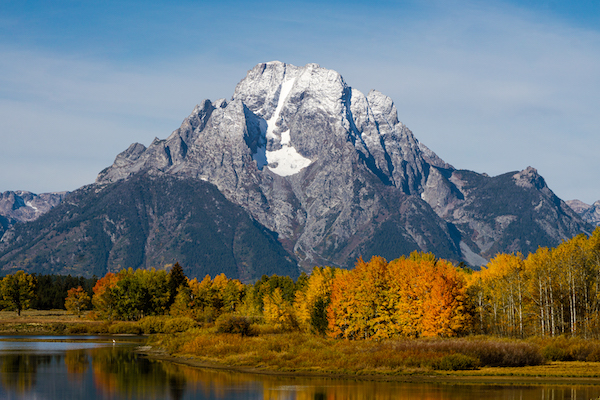The Ultimate Guide to Nordic Skiing in Jackson Hole
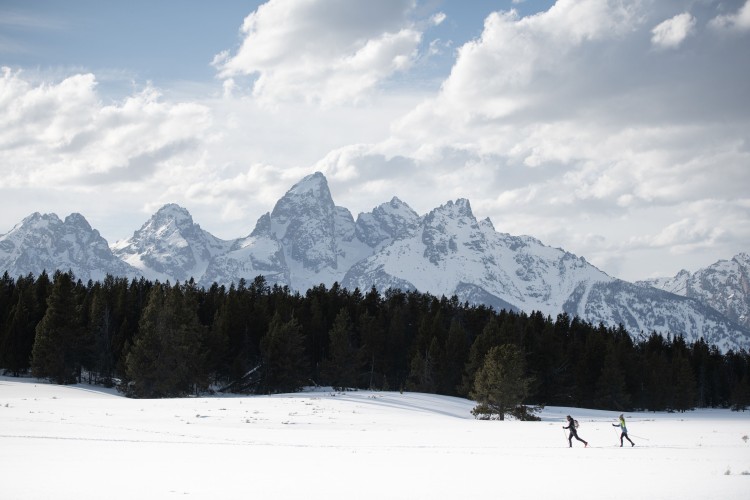
When the snow blankets the Teton Valley, Jackson Hole transforms into a winter wonderland for outdoor enthusiasts. While the region is renowned for its world-class downhill skiing, Nordic skiing (both cross-country and skate skiing) offers a serene and rewarding way to explore this stunning landscape. Whether you're a seasoned skier or a beginner eager to glide through snow-covered meadows, Jackson Hole has something for everyone. Here’s a guide to the best Nordic ski destinations in the area.
1. Grand Teton National Park
Arguably the crown jewel for cross-country skiing, Grand Teton National Park offers endless opportunities for breathtaking adventures. The groomed trails on the Teton Park Road provide unparalleled views of the Tetons and Snake River. This relatively flat route is perfect for skiers of all levels and is ideal for soaking in the serenity of the park’s winter landscape.
- Trailhead: Taggart Lake Parking Area
- Level: Easy to Moderate
- Fee: See Grand Teton National Park website.
- Tip: Go early for sunrise; the first light on the Tetons is magical!
For an even richer experience, book a half-day cross-country skiing tour with us! Our expert naturalist guides provide skiing instruction while sharing fascinating stories about the park’s geology, wildlife, and history. You'll gain deeper insights into the ecosystem while gliding through some of the most picturesque areas of the park. These tours are perfect for individuals, families, or groups looking for an educational and adventurous way to explore Grand Teton National Park’s snowy splendor.
2. Teton Pines Nordic Center
Located at the Teton Pines Country Club in Wilson, Wyoming, just 4 miles south of Jackson Hole Mountain Resort and 10 minutes from the town square in Jackson, this hub offers some of the best-groomed Nordic ski trails in the region. The center boasts 10 miles (16 km) of professionally maintained trails with options for classic and skate skiing. Equipment rentals and lessons are also available, making it a fantastic spot for families and beginners.
- Trailhead: Teton Pines Nordic Center
- Level: Beginner to Intermediate
- Fee: $28 for adults, $20 for kids 6 and up
- Tip: Warm up with a hot drink at the nearby café after your ski session.
3. Cache Creek Trailhead
Just a stone’s throw from downtown Jackson, Cache Creek offers a convenient escape into nature. This popular multi-use trail system is perfect for a quick outing. The main trail is groomed to approximately 2.5 miles (4 km) from the trailhead on Monday, Wednesday, and Friday mornings.
- Trailhead: Cache Creek Parking Lot
- Level: Beginner to Moderate
- Fee: Free
- Tip: Keep an eye out for moose; they’re common in the area!
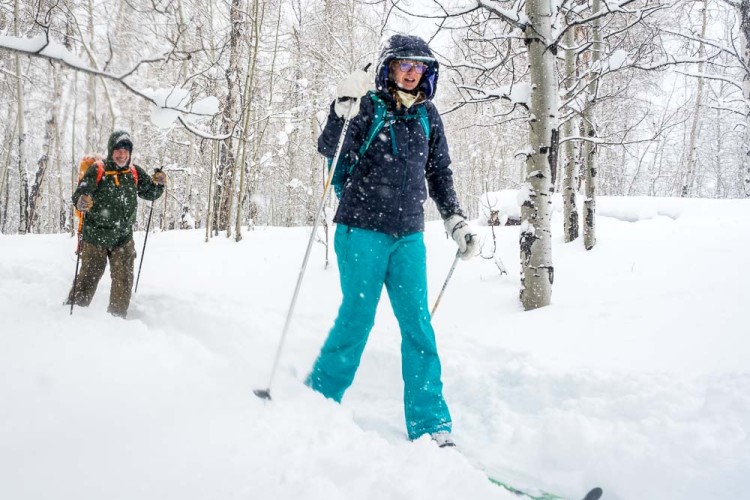
4. Trail Creek Nordic Center
For those seeking a more immersive Nordic skiing experience, head to Trail Creek, home of the Nordic program of the Jackson Hole Ski and Snowboard Club. With over 9 miles (15 km) of meticulously groomed trails winding through meadows, forests, and hills, this spot offers something for everyone. It’s a favorite for locals who want to escape the hustle of busier trails.
- Trailhead: Old Pass Road at Hwy 22, Wilson, WY
- Level: Intermediate to Advanced
- Fee: $20
- Tip: Call ahead for trail conditions and grooming updates.
5. Turpin Meadow Ranch
A hidden gem for cross-country skiing, Turpin Meadow Ranch is worth the drive. Located about an hour north of Jackson, this ranch offers over 12 miles (20 km) of groomed Nordic trails that meander through pristine wilderness. Skiers can also enjoy cozy on-site amenities, including cabins and a welcoming lodge.
- Trailhead: Turpin Meadow Ranch, Moran, WY
- Level: Beginner to Advanced
- Fee: $25 for adults, $15 for kids 11 and under
- Tip: Make it a weekend getaway and stay overnight to enjoy the full experience.
6. Snake River Dike
For a peaceful, groomed skiing experience, head to the Snake River dike. This flat terrain offers stunning views of the surrounding mountains and a unique chance to ski along the partially frozen river.
- Trailhead: Wilson Bridge or Emily’s Pond
- Level: Easy
- Fee: Free
- Tip: Bring binoculars for birdwatching; bald eagles are often spotted here.
7. Teton Valley Trails & Pathways
Just over the pass in Teton Valley, Idaho, this network of trails is a haven for Nordic skiing enthusiasts. The region features groomed trails that wind through open fields and rolling hills, offering expansive views of the Tetons.
- Trailhead: Various Locations in Driggs and Victor, Idaho
- Level: Beginner to Advanced
- Fee: Free, but consider purchasing a Trail Sticker to support the TVTAP nonprofit!
- Tip: Combine your ski trip with a visit to a local café in Driggs for a warm treat.
Final Thoughts
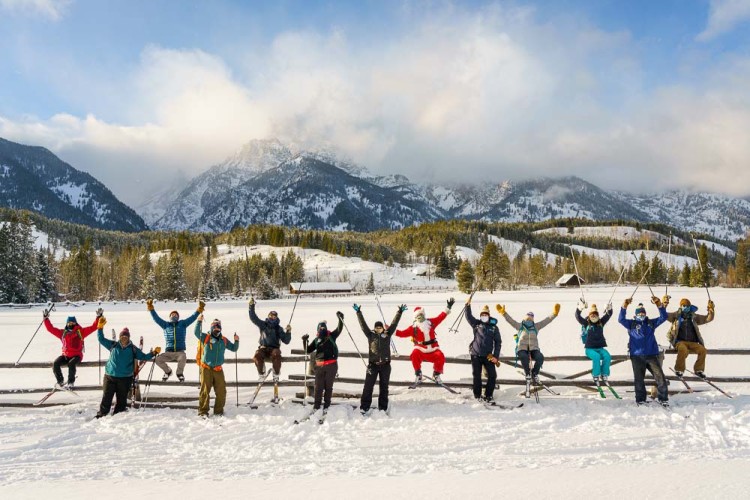
Cross-country skiing in Jackson Hole is more than a sport—it’s a way to connect with the incredible beauty of the Tetons during their most magical season. With trails ranging from beginner-friendly loops to challenging backcountry routes, there’s something for everyone. So, grab your skis, layer up, and get ready to glide into adventure.
Unsure where to go, or need some guidance for Nordic skiing? Book a cross-country skiing tour with us! Our knowledgeable naturalists combine expert Nordic skiing instruction with fascinating insights into the local wildlife, geology, and history of the area. Tours can be customized to suit all skill levels and typically include access to some of the most scenic trails in Grand Teton National Park and beyond. Whether you’re spotting elk tracks in the snow or learning about the winter survival strategies of local wildlife, we offer a memorable and educational way to explore Jackson Hole’s winter wonderland.
Lastly, no guide to Nordic skiing in Jackson Hole would be complete without recognizing the incredible work of JH Nordic. This community-driven organization is the go-to resource for all things Nordic skiing in the region. From maintaining an up-to-date trail directory and grooming reports to hosting events and sharing tips for skiers of all levels, JH Nordic fosters a vibrant and inclusive skiing community. Their dedication to promoting winter recreation, educating newcomers, and supporting trail stewardship helps make Jackson Hole a premier destination for cross-country skiing enthusiasts. Whether you're a local or just visiting, their website and community initiatives are invaluable resources to ensure you get the most out of your Nordic skiing experience.




